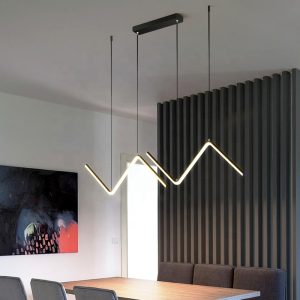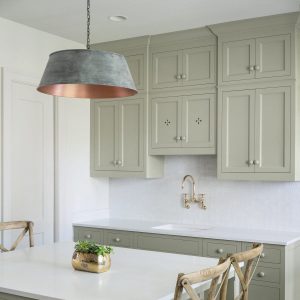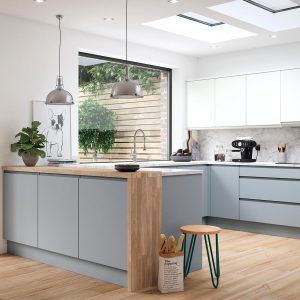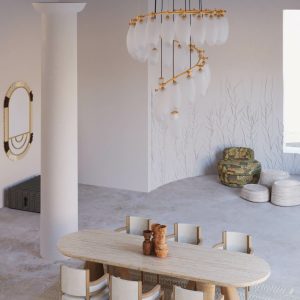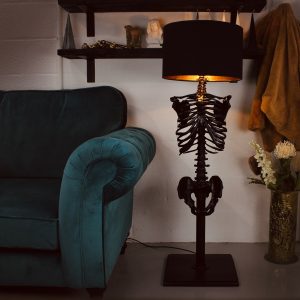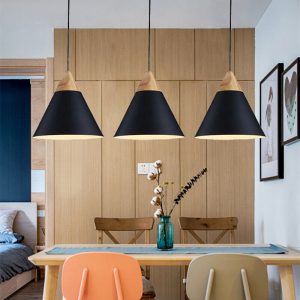
Introduction
When it comes to creating a warm and inviting atmosphere in your home, lighting plays a crucial role. Using the right type and amount of light can make a significant difference in the mood and ambiance of your living spaces. Indirect lighting is one of the best options for creating a cozy and inviting environment. In this article, we will discuss the benefits of indirect lighting and how to incorporate it into your home.
What is Indirect Lighting?
Indirect lighting refers to the practice of illuminating a room by reflecting light off a surface rather than directing the light source directly into the space. For example, instead of using a single overhead light fixture, indirect lighting utilizes bounced light from walls, ceilings, and even furniture to spread the light evenly throughout the room. This method of illumination creates a softer, more diffuse light that fills the room without creating harsh shadows or glare.
The Benefits of Indirect Lighting
There are several benefits to using indirect lighting in your home. Some of the most significant advantages include:
Enhanced Comfort
One of the most notable benefits of indirect lighting is the level of comfort it creates. The soft, even illumination provided by indirect lighting soothes the eyes and creates a cozy atmosphere, making it an ideal option for living rooms and bedrooms.
Energy Efficiency
Indirect lighting can also be energy-efficient since it allows you to use lower-wattage bulbs than direct lighting. By using LED lights or compact fluorescent bulbs, you can reduce your energy consumption while still achieving the same level of illumination.
Aesthetic Appeal
Indirect lighting can add a touch of sophistication and elegance to any room. It helps to highlight the textures and colors of your walls, floors, and furniture, creating a warm and inviting atmosphere.
How to Incorporate Indirect Lighting into Your Home
Now that you understand the benefits of indirect lighting, let’s discuss how you can incorporate it into your home. Here are a few tips to help you get started:
Use Multiple Light Sources
Indirect lighting works best when used in conjunction with other light sources. By combining multiple light sources, you can create a layered effect that adds depth and dimension to your space. For example, you can use a combination of floor lamps, table lamps, and wall sconces to create a cozy mood in your living room.
Choose the Right Fixtures
When selecting lighting fixtures for your home, choose those that have opaque shades or covers. This helps to diffuse the light and create a softer ambiance. You can also consider using light fixtures that have reflective surfaces, such as metallic finishes or glass covers, to help bounce light around the room.
Position Lights Strategically
Finally, be strategic about where you place your lights. Position them to bounce off walls or ceilings to create a more subtle, diffused effect. You can also position lights behind furniture to create a warm glow that adds to the overall ambiance of the room.

